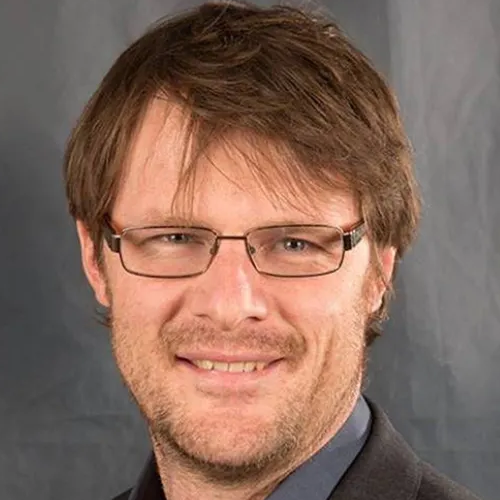Adam Atchley
Research ScientistEarth and Environmental Sciences
Los Alamos National Laboratory
Tuesday, January 30 at 1:00-2:00 PM PT / 4:00-5:00 PM ET

ABSTRACT
Over 70% of the terrestrial Earth is affected by fire in some way and roughly 50% of terrestrial ecosystems are fire dependent – meaning fire is necessary for these ecosystems to exist including the critical services these ecosystems provide such as carbon storage, and water resources. Climate change is rapidly changing Earths fire activity – we are now seeing larger and more extreme wildfires that are burning at times we have not seen before. Moreover, climate change in pushing conditions beyond the validation range of the empirically based models used to predict fire behavior and ecosystem response. This is referred to as the no-analog future, which necessitates a new fire modeling approach that relies on mechanistic functions rather than 50 year old empirical models that no longer represent todays dynamic conditions. Here at Los Alamos, we are working on the science necessary to reduce wildfire risk, while maximizing landscape carbon stabilization to mitigate climate change and protecting water resources – often in the form of safely reintroducing necessary fire to a landscape that has on one hand not seen fire in over a century and on the other requires fire for is very existence through the use of prescribed fire. This requires a multi-disciplinary approach that includes ecosystem science, hydrology, wildfire behavior, and use of physics based mechanistic models to capture a systems response in the no-analog future. I will be showcasing new wildland fire and ecosystem process-based models developed at LANL to understand how tightly entwine interactions of fire behavior, hydrology, and ecosystem structure drive ecosystem resiliency in a changing climate.
Presentation Slides
